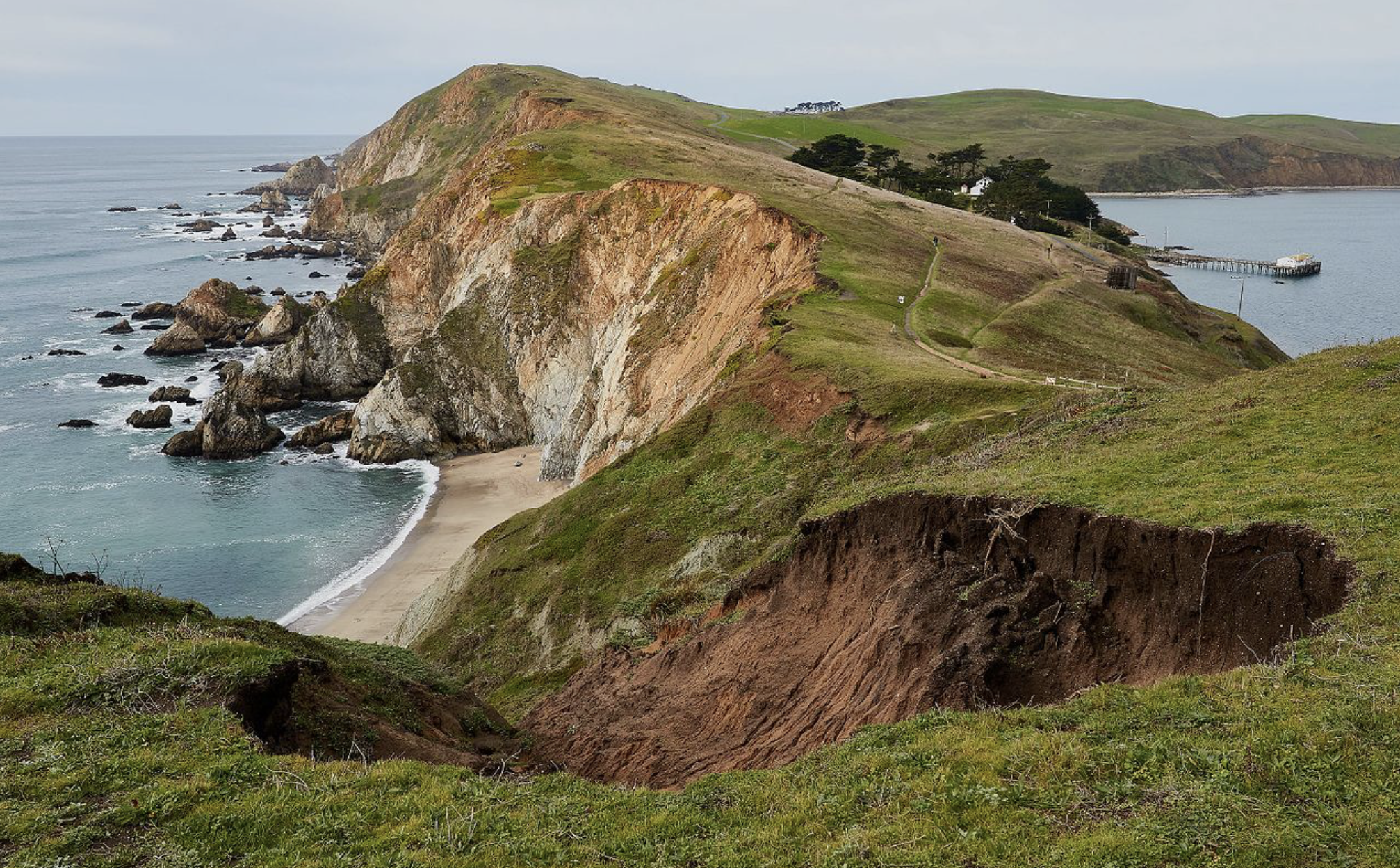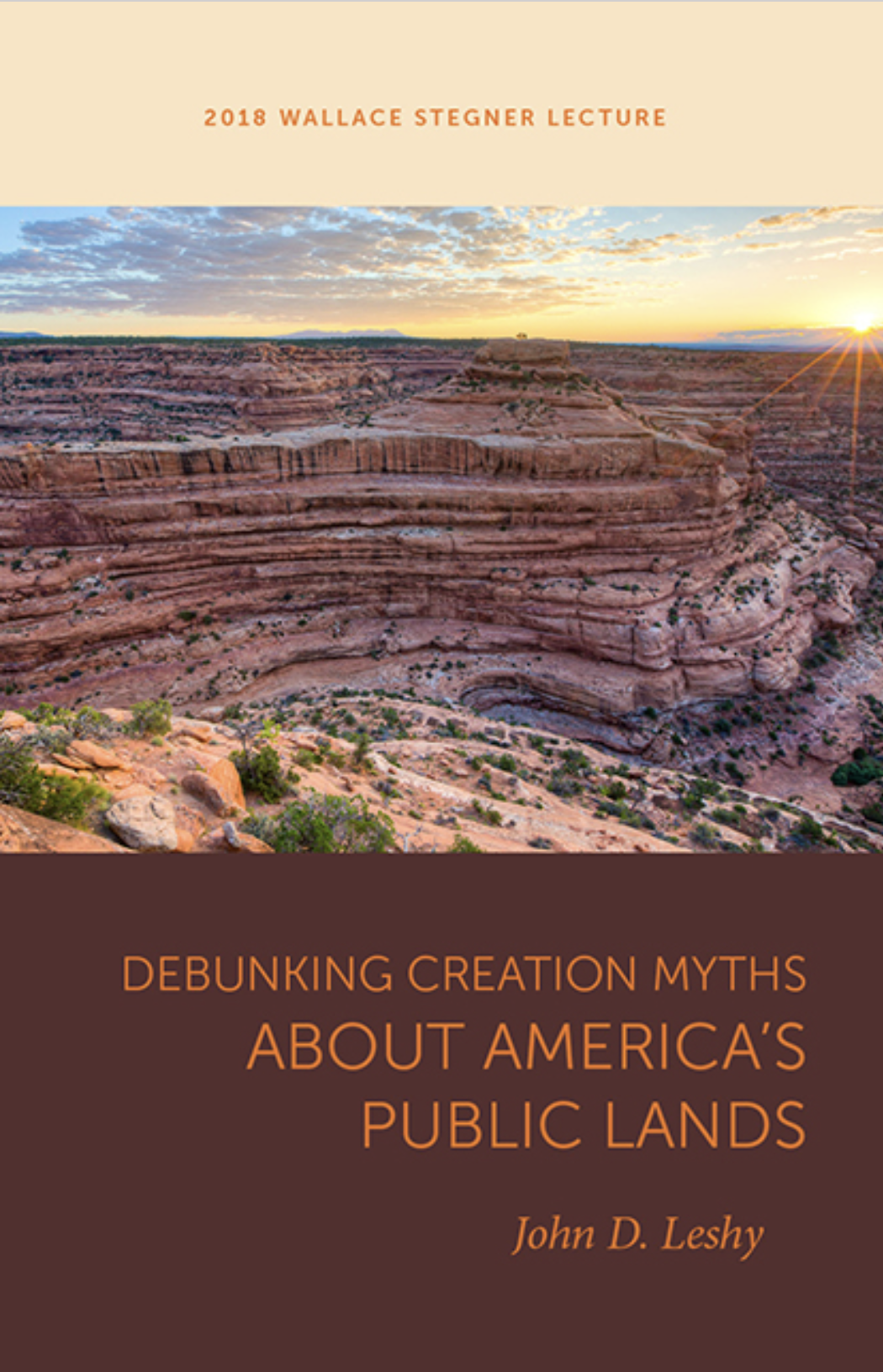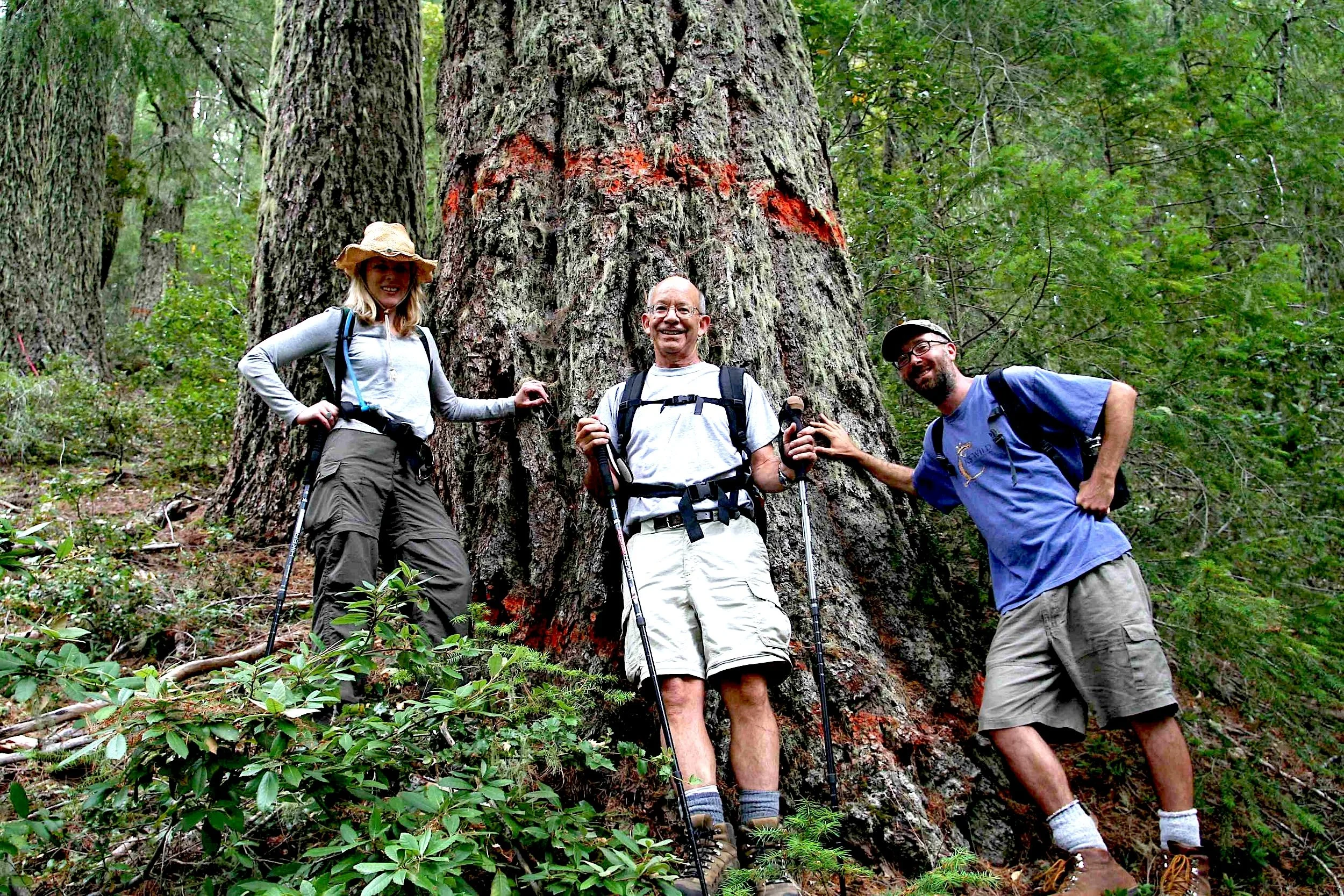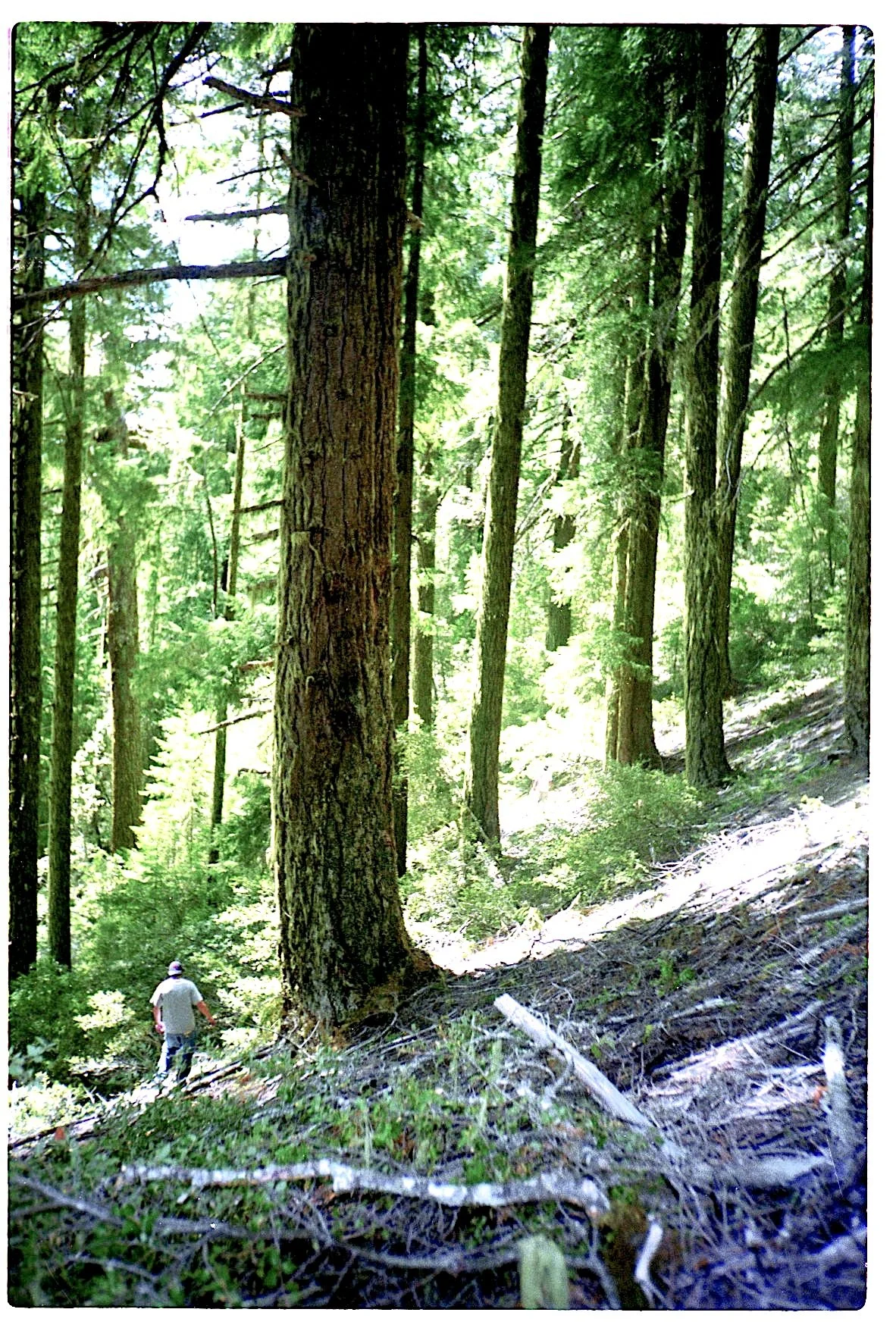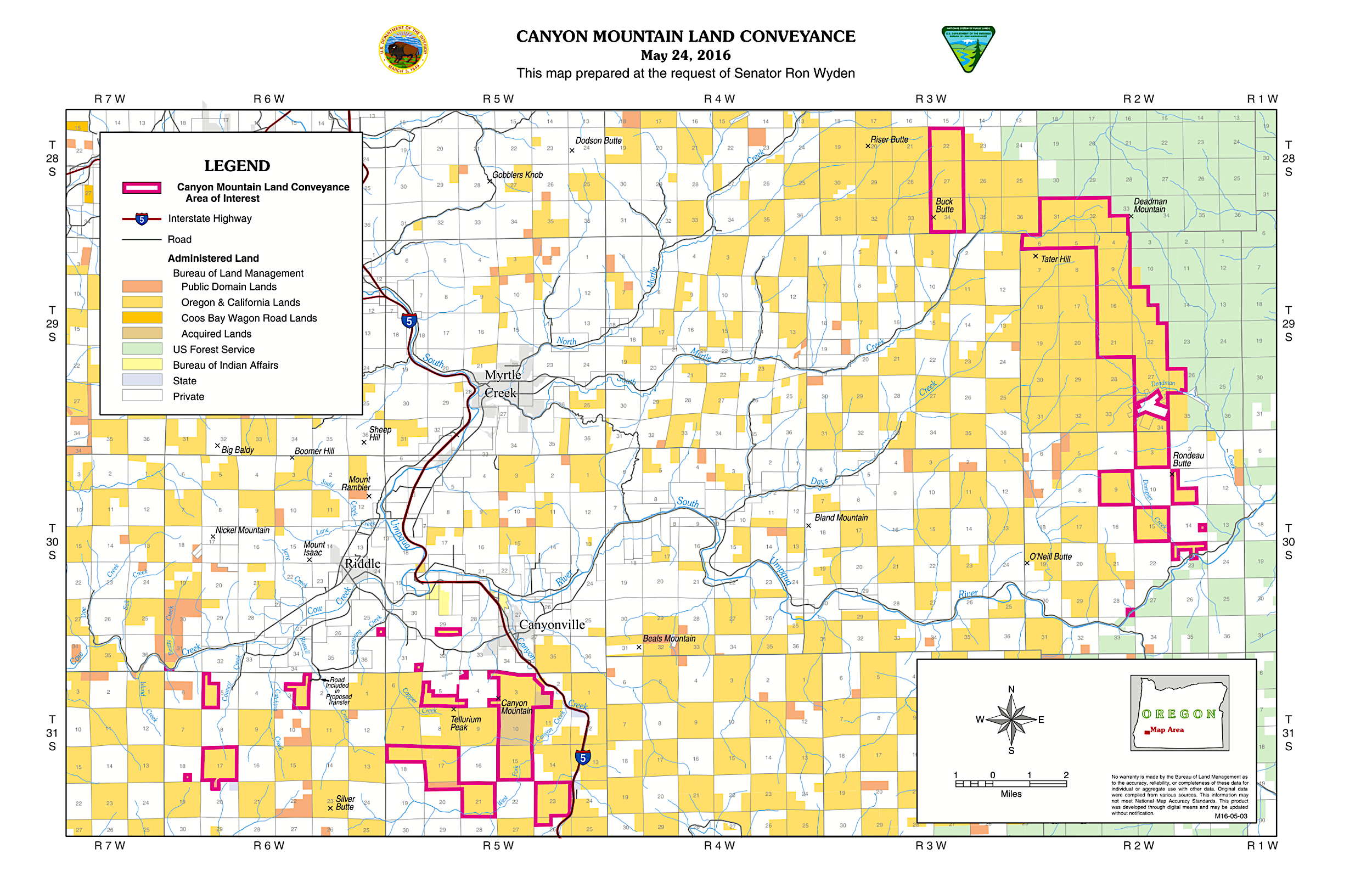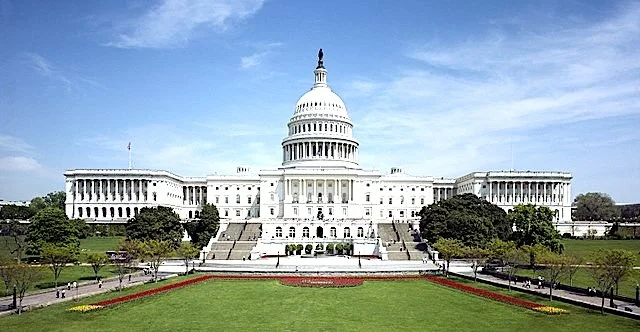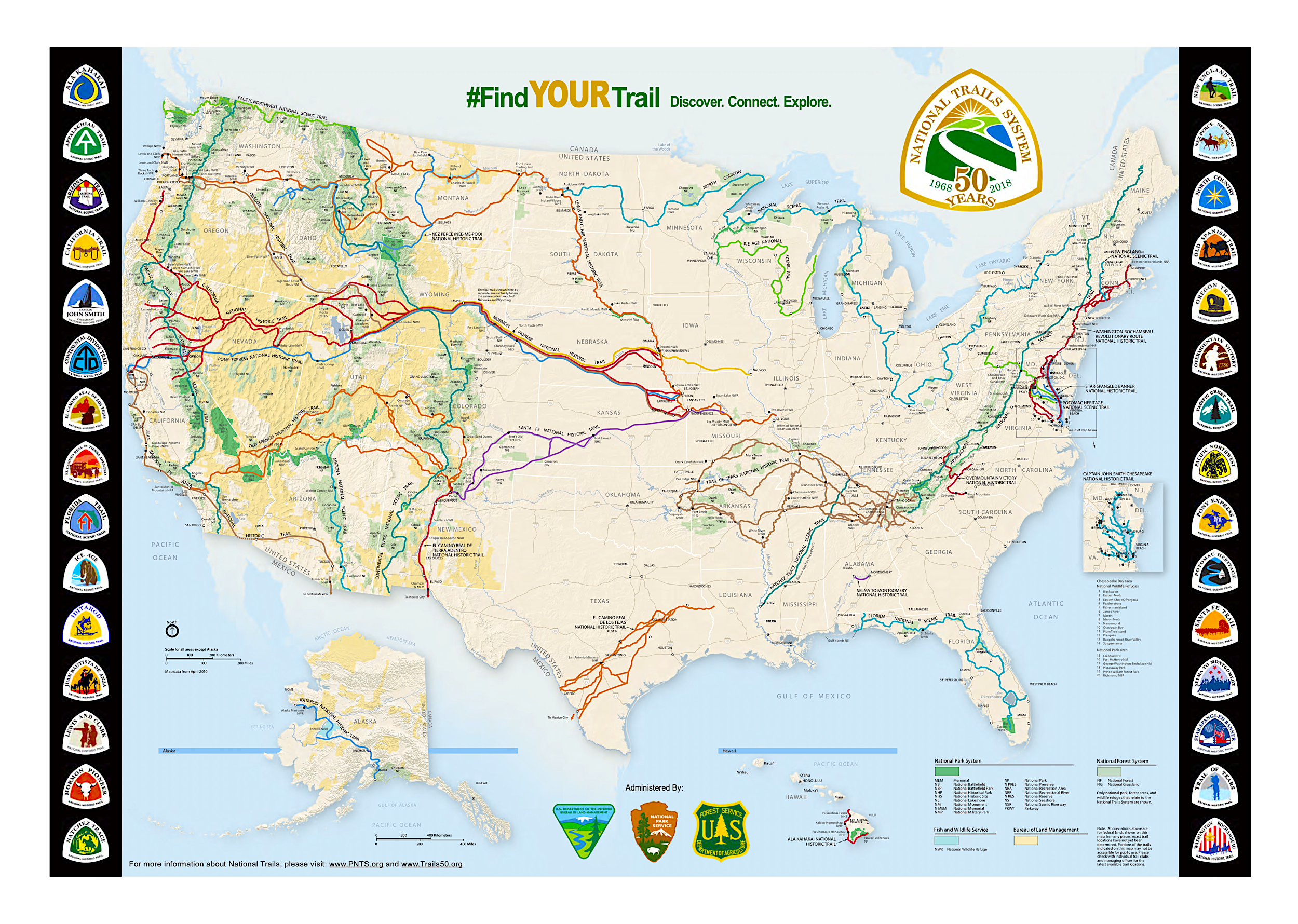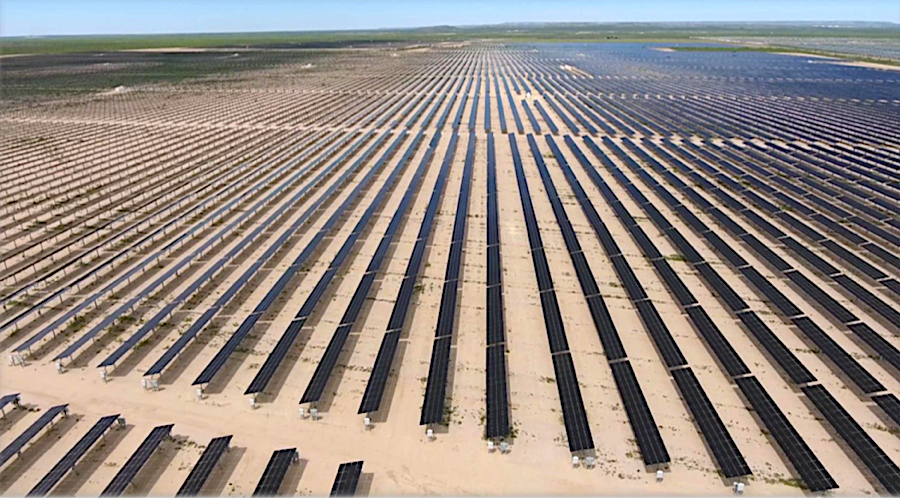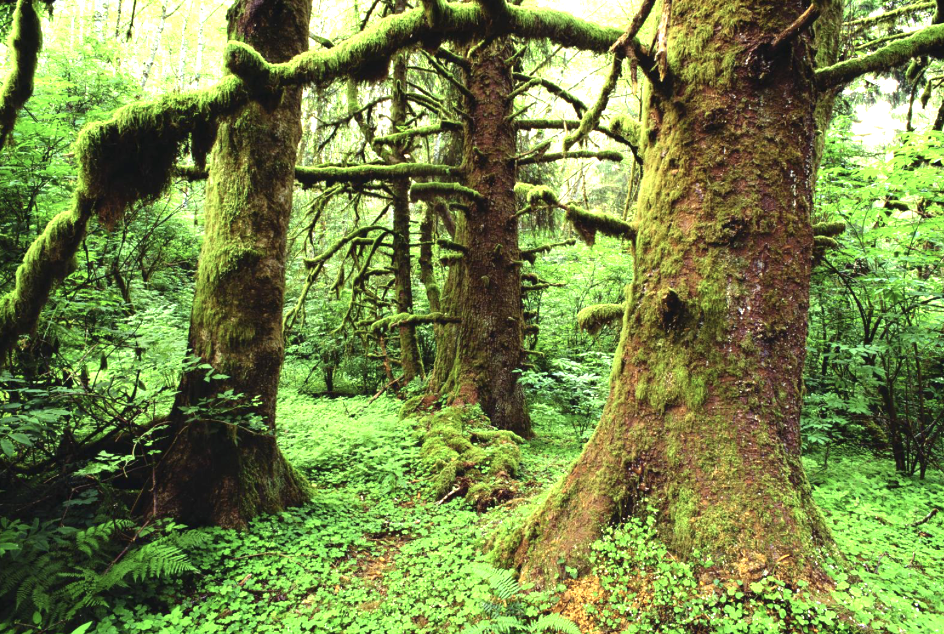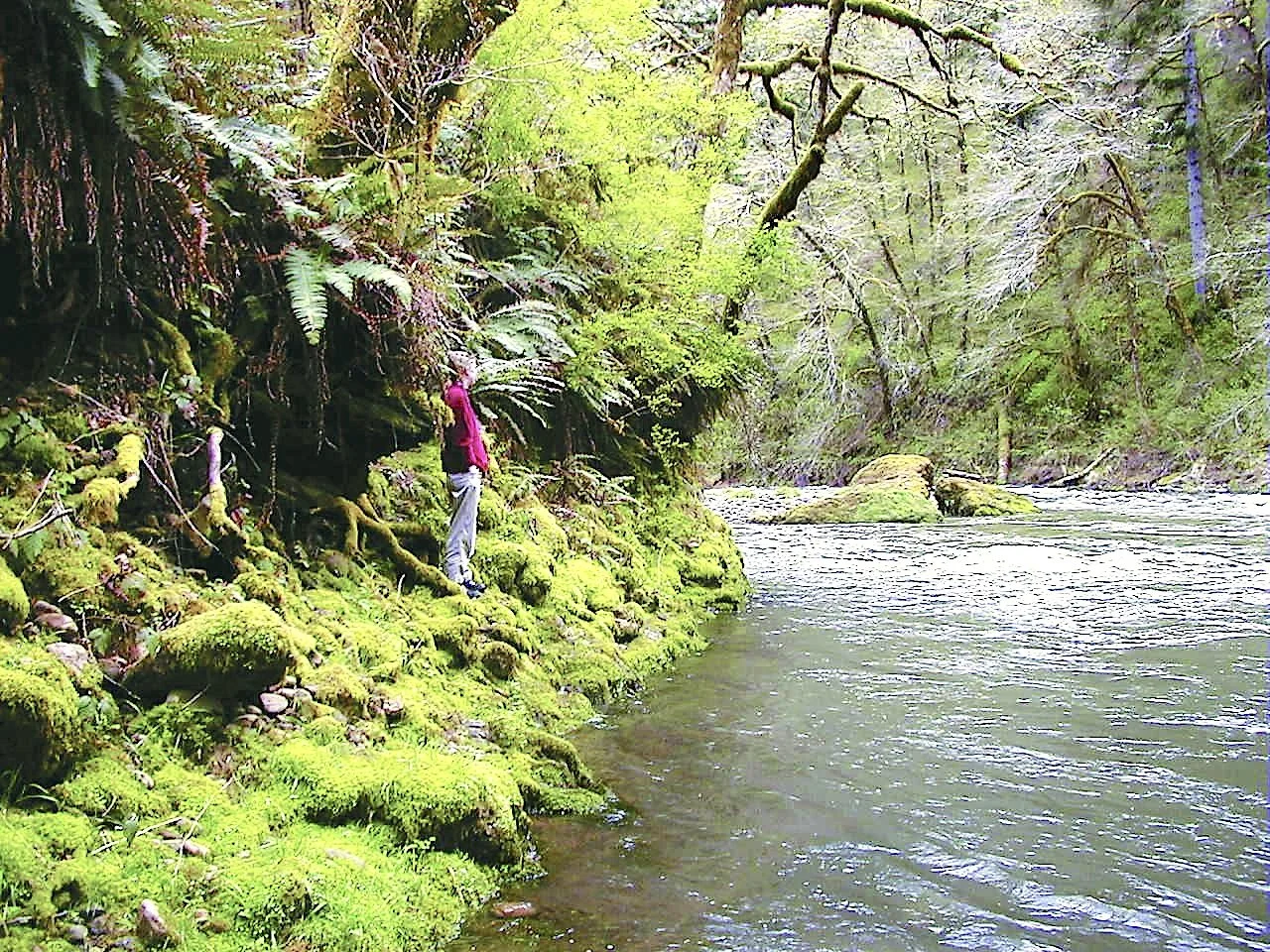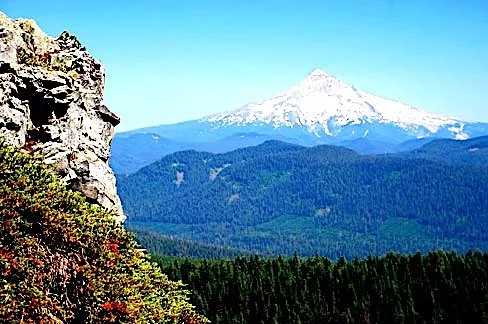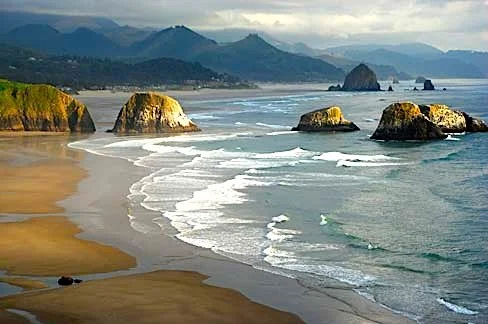Sort By Category
- 30x30
- Administration
- Antiquities Act
- Book Reviews
- Bureau of Land Management
- Climate Change
- Climate change
- Coasts
- Congress
- Counties & Federal Lands
- Courts
- Courts & Litigation
- Department of Agriculture
- Department of Interior
- Deserts
- Ecological Reserves
- Ecosystems
- Elections
- Endangered Species
- Energy
- Estuaries
- Federal Lands
- Fish
- Fish and Wildlife Service
- Forest Fires
- Forest Service
- Forestry
- Forests
- Grasslands
- Land & Water Cons. Fund
- Land & Water Conservation Fund
- Legislation
- Litigation
- Livestock Grazing
- Marine Protected Areas
- Marine Sanctuaries
- Mature & Old-Growth Forests
- Mining
- Nat'l Conservation Lands
- National Forest System
- National Marine Sanctuaries
- National Monuments
- National Monuments Act
- National Park Service
- National Park System
- National Parks
- National Recreation Area
- National Scenic Area
- National Trails System
- National Wildlife Refuges
Sort By Tag
- 1002 area
- 30x30
- 5th Amendment
- ANWR
- Acadia National Park
- Adam Smith
- Administrative Procedure Act
- Advancing Conservation and Education Act
- Alan Bates
- Alan Deboer
- Alaska
- Alaska National Interest Lands Act
- Alaska Native Claims Settlement Act
- Aldo Leopold
- American Forest Resource Council
- American Prairie Reserve
- American Tree Farm System
- American beef supply
- American black duck
- American woodcock
- Ammon Bundy
- Ancient Forest National Park
- Anders Eskil Carlson
- Andrea Salinas
- Andy Kerr
- Animal unit month
- Ansel Adams
- Antiquities Act
- Applegate Primitive Backcountry Area
- Aqua Fria National Monument
- Aquatic Conservation Strategy
- Aquatic Conservation and Riparian Strategy
- Arches National Monument
- Arches National Park
- Arctic National Wildlife Refuge
- Areas of Critical Environmental Concern
- Army Corps of Engineers
- Association of O&C Counties
- Astoria Canyon
- Astoria Fan
- Atlantic Coast
- Augusta Canal NHA
- Avarna Group
- Avi Kaw Ame
- BLM Conservation Rule
- BLM Zone 3 Lands
- BOEM Oregon Planning Area
- Baboquivari Peak Wilderness
- Baker County
- Bald Mountain Road
The Hard Case of Hardrock Mining Reform (Part 1): Where Done, If It Cannot Be Done Right, Then Do It the Least Wrong
This two-part series examines legislation in Congress that would reform the infamous Mining Law of 1872. Part 1 focuses on how mining on public lands should be administered in the twenty-first century. Part 2 will focus on the pending legislation and conservation areas in which mining should be permanently banned.
Point Reyes National Feedlot
Congress authorized the establishment of Point Reyes National Seashore (PRNS) in Marin County, California. At the time, the acute threat was sprawling subdivisions, while the chronic threat to public recreation, benefit, and inspiration was industrial dairies and the grazing of beef and dairy cattle. It still is.
Booklet Review: Debunking Creation Myths About America’s Public Lands
America’s public lands are often in need of a good lawyer, and they have one in John Leshy. He has served America’s public lands (and its owners) as an academic, author, and advocate. In his long career, he’s published legal textbooks, written briefs, argued cases, and taught law students, and he was the top lawyer in the U.S. Department of the Interior for almost as long as Bruce Babbitt was secretary of the interior.
Showdown for the Oregon Wildlands Act
The Oregon Wildlands Act is now the law of the land. Neither the Rogue Canyon National Recreation Area (98,150 acres), nor the Molalla National Recreation Area (~29,884 acres), as well as the Wild Rogue Wilderness Additions (~59,512) acres was included in the final version signed by President Trump.
Wither the Wild Rogue?
Late in December 2018, during the lame-duck session of the 115th Congress, a deal was almost struck to move an omnibus public lands package of legislation. The package compiled specific bills that were legislatively ready to advance. Some of the bills in the package were quite good, others quite bad.
Trump Signs DeFazio-Walden-Wyden-Merkley Bill Giving Away 50 Square Miles of Federal Public Land in Oregon
There is white liberal guilt aplenty about the treatment of Native Americans in Oregon (and rightfully so). The Democrats who supported this legislation came down on the side of Native Americans and, in this case, against nature. As for the Republicans who supported the bill, it was more a matter of it being a politically elegant way to effectively privatize the lands.
Public Lands in the 116th (2019–20) Congress
We live in a polarized nation divided between rural and urban with the suburbs and exurbs swinging toward the Democrats, allowing that party to retake the House.
The Other Half of the National Environmental Policy Act Is Under Threat
In August 2017, President Trump announced his intent to “enhance and modernize” the NEPA regulations, and CEQ responded with a list of actions the following month
Half of the National Environmental Policy Act is a Dead Letter
The National Environmental Policy Act was enacted into law in 1970. It was signed by President Richard Nixon, who knew a political bandwagon when he saw it and knew that a veto would be overridden.
Go Take a Hike: The National Trails System at Fifty
In order to provide for the ever-increasing outdoor recreation needs of an expanding population and in order to promote the preservation of, public access to, travel within, and enjoyment and appreciation of the open-air, outdoor areas and historic resources of the Nation, trails should be established.
How US Public Lands Can Help Save the Climate and Ourselves
Climate change is an existential threat to the human species. The rapid decarbonization of the economy of the United States and of the world is our only chance of maintaining the climate that we generally know and love.
As the Courts Change, So Must Public Lands Conservation Look More to Congress (Part 2)
This is second of two parts. Part 2 explains that public lands conservationists must rely more Congress enacting good legislation to achieve our goals.
As the Courts Change, So Must Public Lands Conservation Look More to Congress (Part 1)
This is part one of two parts. Part 1 examines how the courts are changing and public lands conservationists must rely less on litigation to achieve our goals.
Filling the Congressional Conservation Pipeline for When It Unclogs
For the most part, these bills are popular and uncontroversial, and when they do get to the floor they will pass. When that happens and the congressional pipeline finally does unclog, conservationists need to make sure that pipeline is full.
The National Wild and Scenic Rivers System, Part 2: Rounding It Out and Cleaning It Up (For Oregon, If Not Elsewhere)
This is the second part of a two-part examination of the National Wild and Scenic Rivers System. In Part 2, we examine the possibilities of protecting additional wild and scenic rivers with a focus on Oregon, and closing a notorious mining loophole in the original act.
The National Wild and Scenic Rivers System, Part 1: A Vital National Conservation Purpose
This is the first part of a two-part examination of the National Wild and Scenic Rivers System. In Part 1, we examine the history of the Wild and Scenic Rivers Act of 1968, the size of the system and how it works, and the outsized role Oregon has played in the development of the system.
The National Wilderness Preservation System, Part 2: Past Progress Stalled
This is the second installment of a three-part series on the National Wilderness Preservation System. Part 2 chronicles past great progress and the current great stagnation.
The National Wilderness Preservation System, Part 1: Birthed by Congress in Language Both Poetical and Practical
This is the first installment of a three-part series on the National Wilderness Preservation System. Part 1 examines the beginnings of the system by enactment into law of the Wilderness Act of 1964. Part 2 will chronicle past great progress and the current great stagnation. Part 3 will demand a rededication to wilderness for the benefit of this and future generations.
The Public Lands Conservation Movement: Mis-organized for Job #1
Why is it that public lands conservation (and other environmental) issues always poll well, but our movement is regularly getting its ass kicked in Congress (and now by the administration as well)? It’s because we’re not political enough.
Protecting the Pacific Northwest Offshore Ocean for This and Future Generations
There might be far more or far less oil and gas offshore Oregon and Washington than the Bureau of Ocean Energy Management has estimated (see last weeks Public Lands Blog post). In any case, we really cannot afford to find out, as the only prudent course is to Keep It in the Ground and out of the atmosphere. This means all fossil fuels, offshore and onshore.

